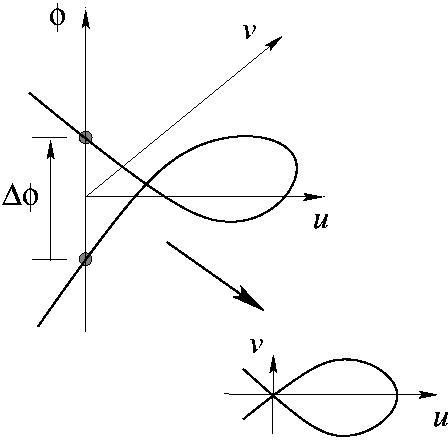References
-
TJB & N.M. Donaldson.
Degenerate periodic orbits and homoclinic torus bifurcation,
Phys. Rev. Lett. 95 104301 (2005)
.pdf
-
TJB & N.M. Donaldson. Secondary criticality of water waves.
Part 1. Definition, bifurcation and solitary waves,
Preprint (2005) .pdf
-
TJB. Superharmonic instability, homoclinic torus bifurcation and water wave breaking,
J. Fluid Mech. 505 153-162 (2004) .pdf
-
TJB. Degenerate relative equilibria, curvature of the momentum map, and homoclinic bifurcation,
Preprint (2006)
|



